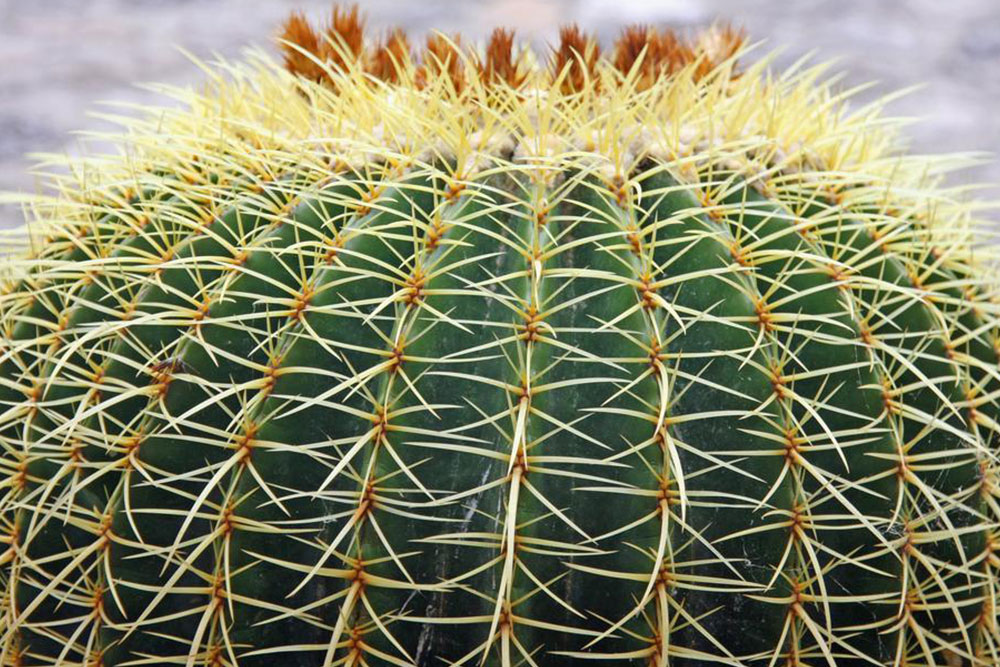
These Dangerous Plants and Pets Don’t Mix
When you plan the landscape of your garden, you must keep in mind that there are many plants that can make our pet cat or dog very ill. These plants are common garden plants. Many of these plants with beautiful flowers that enhance the appearance of your home but harm the health of your pet. If your family consists of a cat or dog, you need to design your garden keeping plant toxicity in view. Some common plants that cause health problems for dogs and cats are as follows:
1. Azalea
Azaleas are beautiful plants with showy pink flowers that thrive in the shade and are grown under trees and walls. They are popular as ornamental plants for gardens because they are easy to care for. When you design a garden with plant toxicity in view, you should avoid growing azalea. Cats and dogs that eat any part of an azalea they suffer diarrhea and vomiting. Azalea contains a toxic called grayanotoxin and without treatment, pets could die after eating azalea.
2. Lilies
Lilies are popular summer garden blooms. They come in a wide range of colors and make a garden look colorful and beautiful. You can cut the flowers and make beautiful arrangements and bouquets. Some lilies are poisonous and can harm the health of your household pet. Peace lily, Calla Lily and Tiger Lily poison dogs and cats. The plants can cause kidney failure, multiple organ failure and, diarrhea in cats and dogs.
3. Daffodil
Daffodils are easy to care for plants with showy yellow flowers. They enhance the appearance of a spring garden. The glycosides and alkaloid content in most parts of daffodils especially in the bulbs are poisonous. When dogs and cats eat daffodils, they vomit and suffer severe diarrhea. The first sign that the dog or cat has ingested daffodil is excessive drooling. If their skin comes in contact with the sap secreted by the bulbs, dogs and cats suffer a condition called the daffodil itch.
4. Sago Palm
Sago palm is an attractive plant that augments the beauty of a garden landscape. Many also grow the plant as a house plant indoors. They are adaptive plants and adapt to a range of weather and soil conditions. The plant contains the toxic substance cycasin. All parts of the plant are toxic when eaten by dogs and cats and the seeds or nuts of the plant are the most toxic. Dogs and cats suffer vomiting, diarrhea and liver failure after eating ingesting the seeds and other parts of the plant. In most cases sago palm poisoning results in death.
5. Carnation
Carnations are garden-enhancing plants with flowers in a range of colors. They are the most popular among cut flowers and enhance vases, bouquets and are placed in buttonholes. Carnations are poisonous and harmful to the health of dogs and cats. When they come in contact with the plant they suffer symptoms including itching. If they eat any part of the carnation, they suffer stomach pain and diarrhea.
Before you design your garden, spare a thought for your household pet. There are many plants bearing beautiful flowers that cause painful symptoms for your pet dog or cat. You should research plants online and choose that are harmless so that you can enjoy the beauty of your garden and the companionship of your pet.


